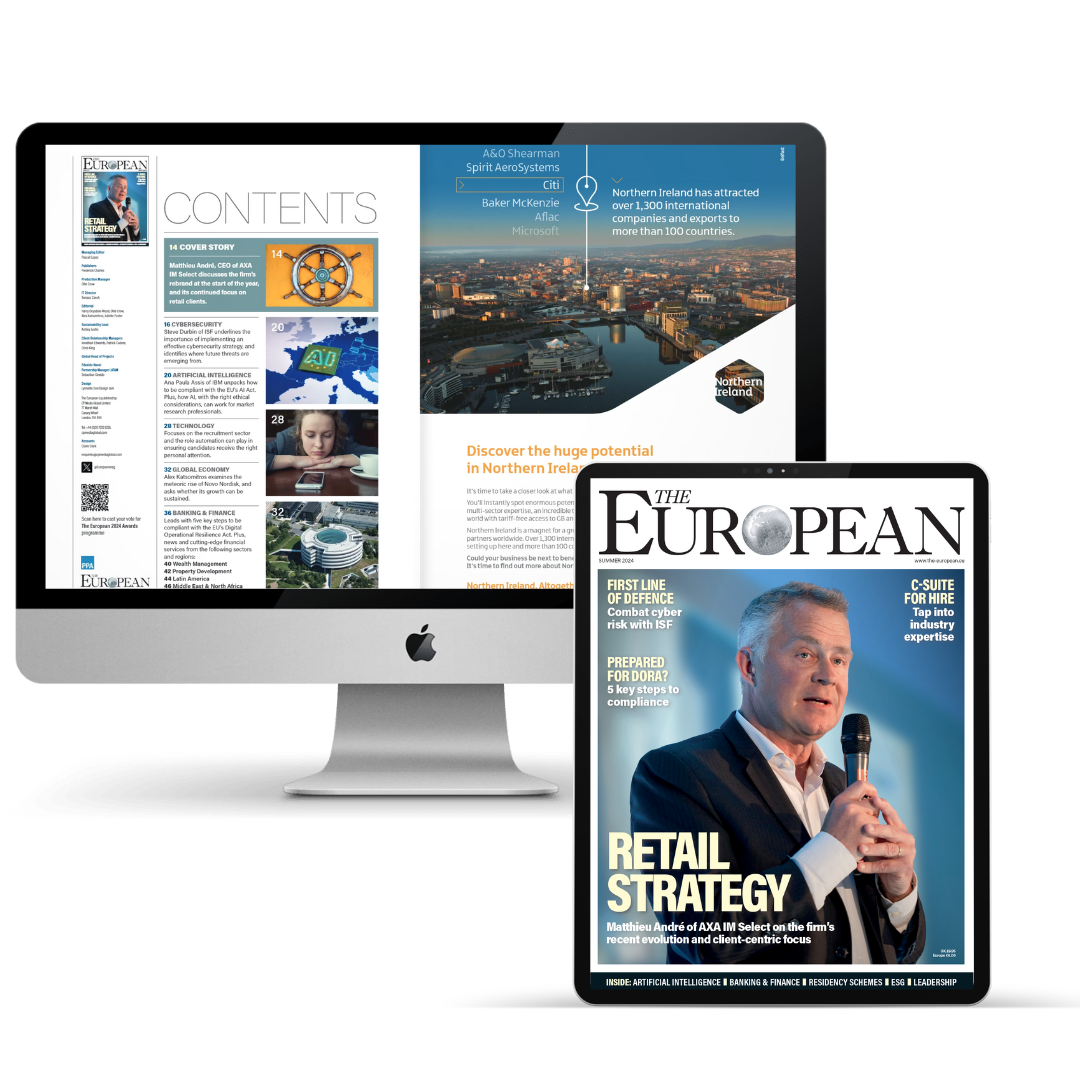The nation once dubbed ‘Locombia’ – the mad country – for its murderous cartels and drug trafficking was once off-limits to most mainstream tourists. But thanks to government crackdowns – and this month’s visit by Harry and Meghan – Colombia is said to be safer than ever. Oggy Boytchev, the BBC’s former World Affairs producer, travelled across the country in search of adventure and adrenaline…and found plenty of both
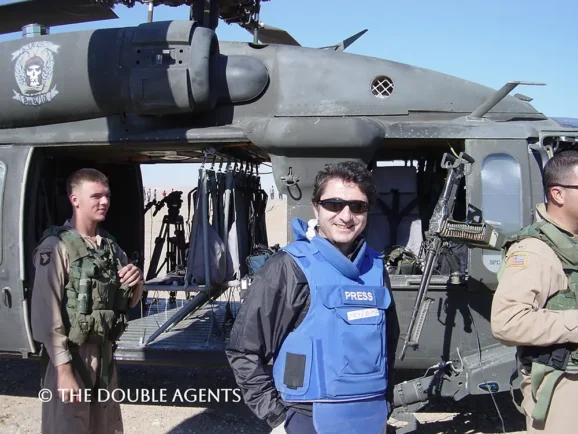
During my time as BBC World Affairs producer, I visited some of the most dangerous and inhospitable places on earth. For a couple of decades, I produced televised news content on the frontlines of the world’s main war zones. I was fuelled by and thrived on adrenalin.
I no longer travel for my job but still feel the need to plan something exciting, even dangerous. This summer, I chose Colombia, a country I never managed to visit during my career in foreign news and one that promises adventure and adrenalin in spades.
Colombia isn’t your normal go-to holiday spot; it is widely associated with armed conflict, gang violence, the kidnapping of foreigners, and drug cartels. Sadly, the country has also acquired the reputation as a major sex tourism destination. Medellin, Colombia’s second biggest city, once the stronghold of the ruthless drug lord, Pablo Escobar, is now the country’s capital of sexual exploitation. The drug cartels have identified the sex trade as a lucrative alternative. Prostitution is legal and the age of consent is 14.
The Medellin cartel is now run by a former right-wing paramilitary commander, Don Berno, a shadowy figure whose whereabout are currently unknown.
So as in my old job, I started with a risk assessment. Do not laugh. The first step in this process was to look at the Foreign Office travel advice. It advises against all but essential travel to parts of Colombia. Some of these prohibited areas, especially Cano Cristales, a river known as the liquid rainbow in central Colombia, are – in my mind – the most exciting places to visit.
The second step was to acquire travel guides. The latest Rough Guide to Colombia was out at the beginning of June this year and it’s an essential read. Next came local advice. Nothing beats local knowledge. Luckily for me, a Colombian acquaintance had just returned from visiting his family there. A few emails and a couple of phone calls helped lay the ground for my itinerary.
For most visitors, the journey into Colombia begins in the capital, Bogota. I found El Dorado International Airport an agreeable place. Arriving at 03:30 am from Madrid, I was grateful to see a middle-aged man holding a piece of paper with my name on it; prearranged transport is advisable if this is your first time in Colombia.
Taking a shortcut through unlit backstreets we finally arrive at our hotel in the Chapinero district of the city. Uniformed security guards greeted us at the door. In the morning, getting up just before breakfast closes, we noticed an armed guard with a scary-looking German Shepherd standing sentry outside the main entrance.
It’s often said that in Bogota one can experience all four seasons in a single day. Situated at an altitude of 2625m in the Andes, the weather changes rapidly. Don’t go out without a jumper and a jacket. Sunscreen is recommended even when cloudy.
It’s vital that you acquaint yourself with the geography of every place you intend to visit.
The municipalities in Colombia are required by law to divide the population into distinct groups (Strata) based on socio-economic characteristics. There are six Strata. If you live in Stata 1-3, you are classified as poor with limited access to utilities. You are likely to receive government subsidies. 90% of the population of Colombia live in Strata 1-3.
Bogota has all six Strata, from the superrich to the very poor. The north of the city, situated in the foothills of the mountains, is Stata 6. This is where luxury modern buildings mix with beautifully restored colonial mansions. The bohemian Chapinero and the vibrant Zona Rosa are amazing places with fantastic restaurants, bars and shops. They are relatively safe, although we were advised to be on our guard all the time.
The old city centre, the low-rise La Candelaria, although the home of expats and diplomats, still receives Stratum 1 subsidies because of its heritage status. Known as ‘downtown’ it is situated in the lower valley and is surrounded by Strata 1 to 4 districts. It’s bustling with street markets, coffee shops and lots of museums. Colombians love their museums. There’s a museum for just about everything. From the world-famous Gold Museum to the Museum of Colonial Art to the Regional Costume Museum and the National Police Museum.
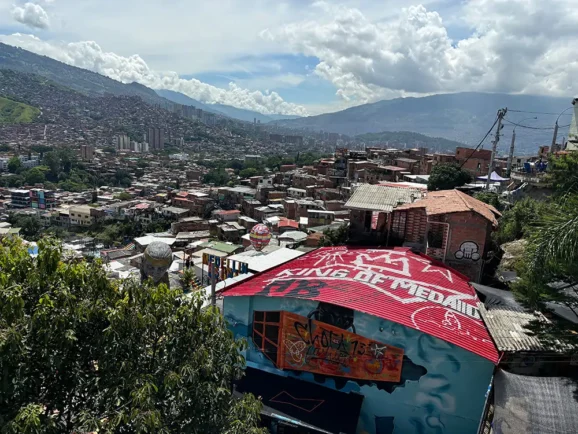
We loved downtown Bogota. But watch out for pickpockets. If you get in trouble, shout. Unlike other parts of Latin America, the locals will try to help you by chasing the thieves.
We took our Colombian friend’s advice and used Uber to move around Bogota. It’s safe and cheap.
After a couple of days, we were on the move.
Next destination – the coffee growing area. The flight to Pereira is 45 minutes.
Because of the inaccessible terrain and poor infrastructure, Colombians use aircraft like we use the coach. Domestic flights are relatively cheap and run on time.
We chose to stay on a coffee farm outside Santa Rosa de Cabal. After a guided tour of the plantation to see how coffee is grown, harvested, dried and sold, we had an unforgettable cup of single origin local coffee.
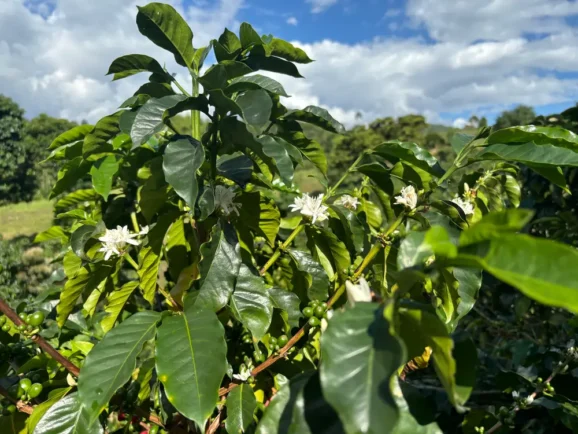
With the growth of an affluent middle class, domestic tourism is thriving. We met a great number of Colombians visiting the coffee growing area with their families.
Another local attraction is the Cocora valley, an hour’s drive from Santa Rosa.
But the highlight of our stay here was the hot mineral spa, Termales Santa Rosa. High in the Andes this open-air complex of hot water pools and a cold waterfall is a site to behold.
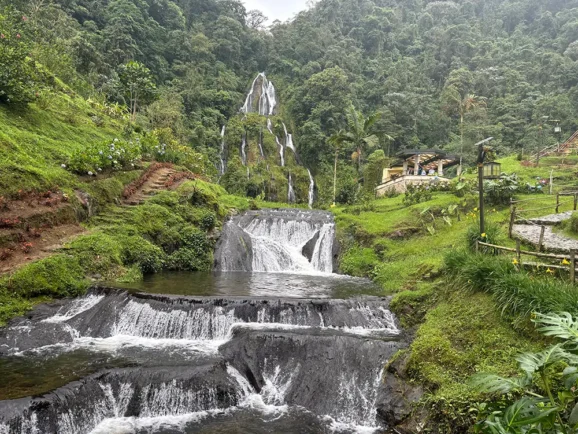
Next stop, Medellin. Most foreigners stay in the middle-class area, El Poblado. We happened to arrive on the night when Colombia beat Costa Rica in Copa America.
But my goal was to see the famous Comuna 13, Pablo Escobar’s stronghold. From a violent favela it has now become a tourist attraction.
This was where we met our inspirational guide Gabriela (not her real name). Gabriela’s story reads like a Marques novel. She was raped by her stepfather at the age of 14 and had a child at 15. After leaving home, she married a European citizen and lived in Europe. Her husband was later thrown in jail for drug trafficking, the marriage broke down, and one of her sons became a homeless drug addict. During the Covid pandemic, he died and she was only allowed to see his body from a distance. She is now helping other women of Comuna 13 to stand on their own two feet.
Downtown Medellin is known for the artwork of Fernando Botero, the city’s most famous artist. He donated 23 of his world-famous sculptures to the people of Medellin.
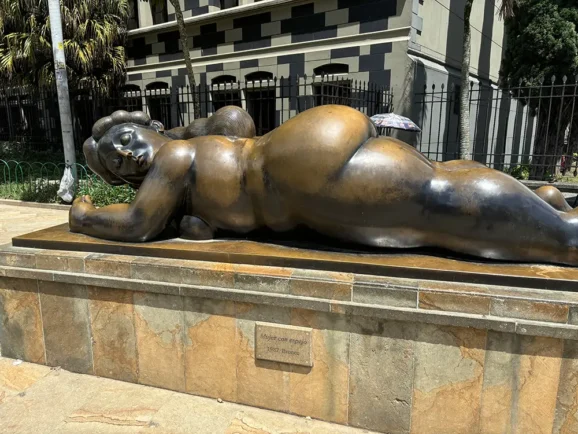
At night, downtown Medellin turns into a hot spot for the sex trade as portrayed in a recent Channel 4 film.
El Penol, a big rock outside Medellin, is a magnet for local tourists. A claustrophobic climb up a purpose-built staircase of almost a thousand steps is as an arduous pursuit.
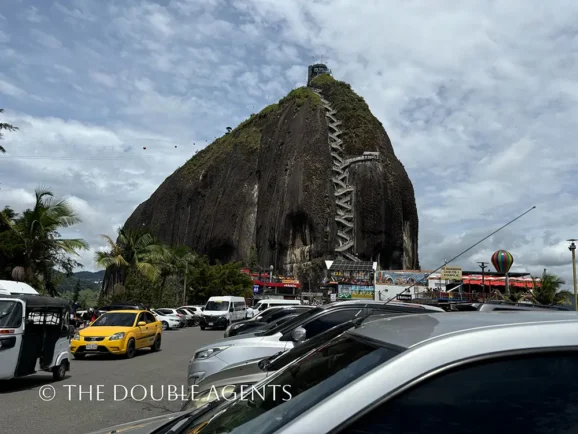
Our last destination was Santa Marta on the Caribbean coast, one of the first colonial settlements in the country. Most tourists would go on to Cartagena but our Colombian friend said it was to be avoided. Recently it has become the Cancun of Colombia – notwithstanding its beautiful colonial architecture and large sandy beaches it is now overbuilt, overpopulated and oppressive, he said. So, we took a two-hour drive east. Past Tayrona National Park, in an area called Los Naranjos where the jungle meets the beach we stayed at an eco-resort. For most of our stay we were the only foreigners there. We were sad to leave Los Naranjos.
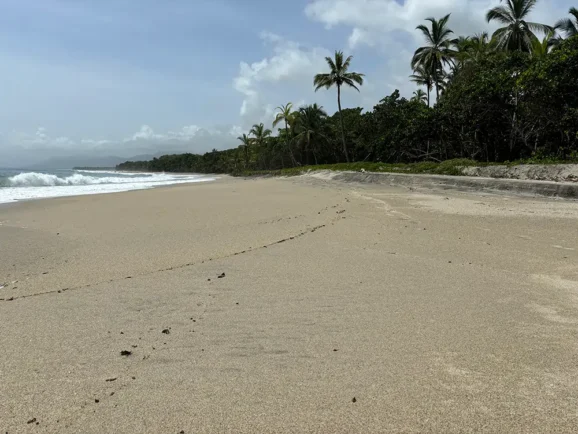
Back in Bogota, having gained confidence after three weeks in Colombia, we took long walks on our own in Zona Rosa. The warnings of water rationing in Bogota did not materialise.
One last experience reminded us that we had taken an unusual holiday. As we were walking down the gangway towards the aircraft having cleared the last security and boarding pass checks, the police stopped us. In batches of about 100 people at a time we were lined up against the wall – men on one side, women on the other. All hand luggage was placed in a line in the middle. Sniffer dogs walked up and down the line of bags. Facing the wall, we were told not to look at the dogs. We were frisked thoroughly. It reminded me of Baghdad airport circa 2006. They were looking for explosives then. Here they were looking for Colombia’s most precious export – cocaine.
Overall verdict: 4* out of 5.
Oggy Boytchev is a celebrated BBC journalist and producer who has covered the majority of international conflicts over the last 30 years, often with the BBC’s World Affairs Editor, John Simpson. His critically-acclaimed book ‘Simpson & I‘ lifts the lid on the untold stories behind the headlines and documents some of the most memorable reports to appear on BBC News. Today, Oggy is an in-demand public speaker and author. His latest novel, Bullion – The Mystery of Gaddafi’s Gold, is an adventure spy thriller based on research into Gaddafi’s missing wealth.
Image credits: Courtesy, Oggy Boytchev


